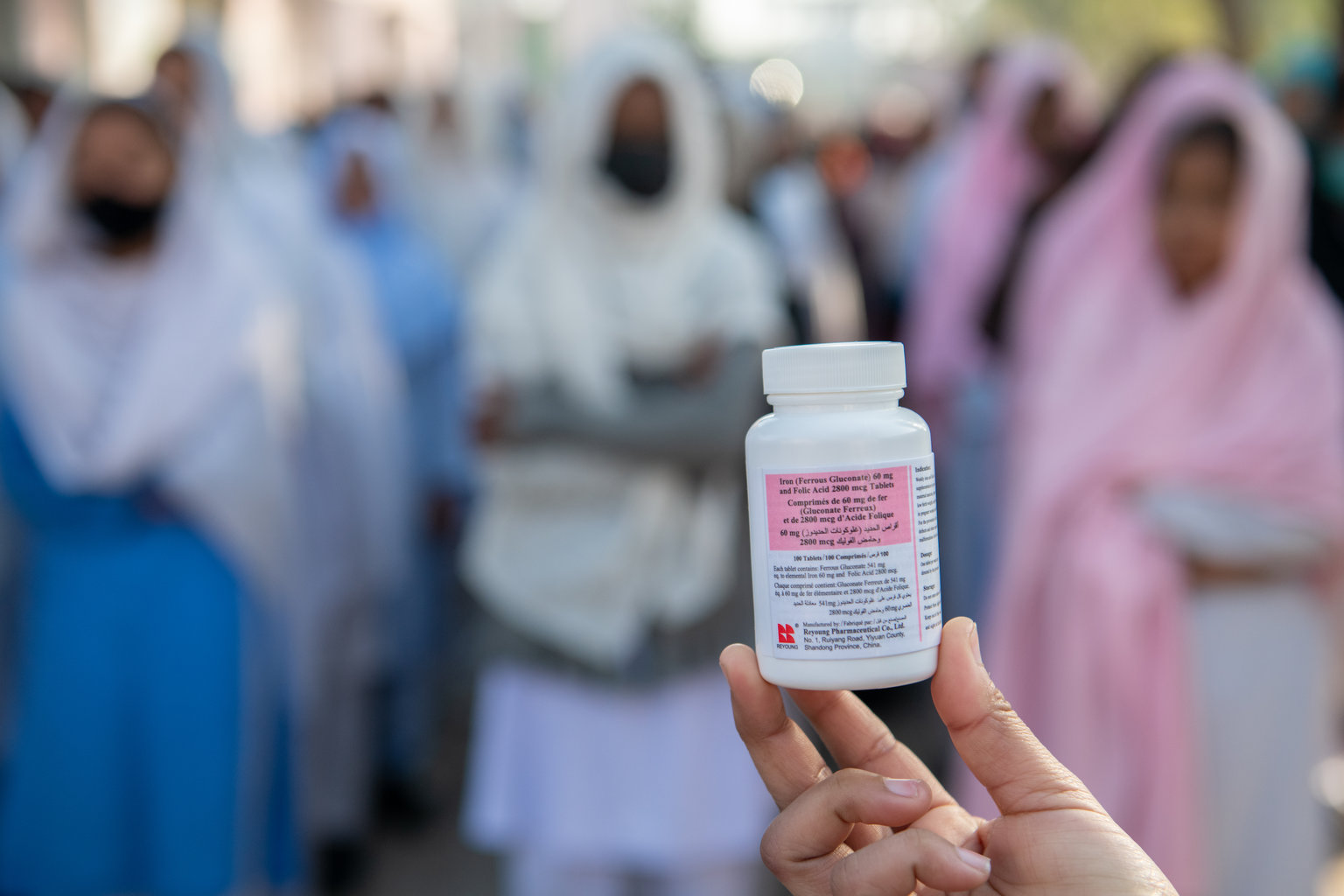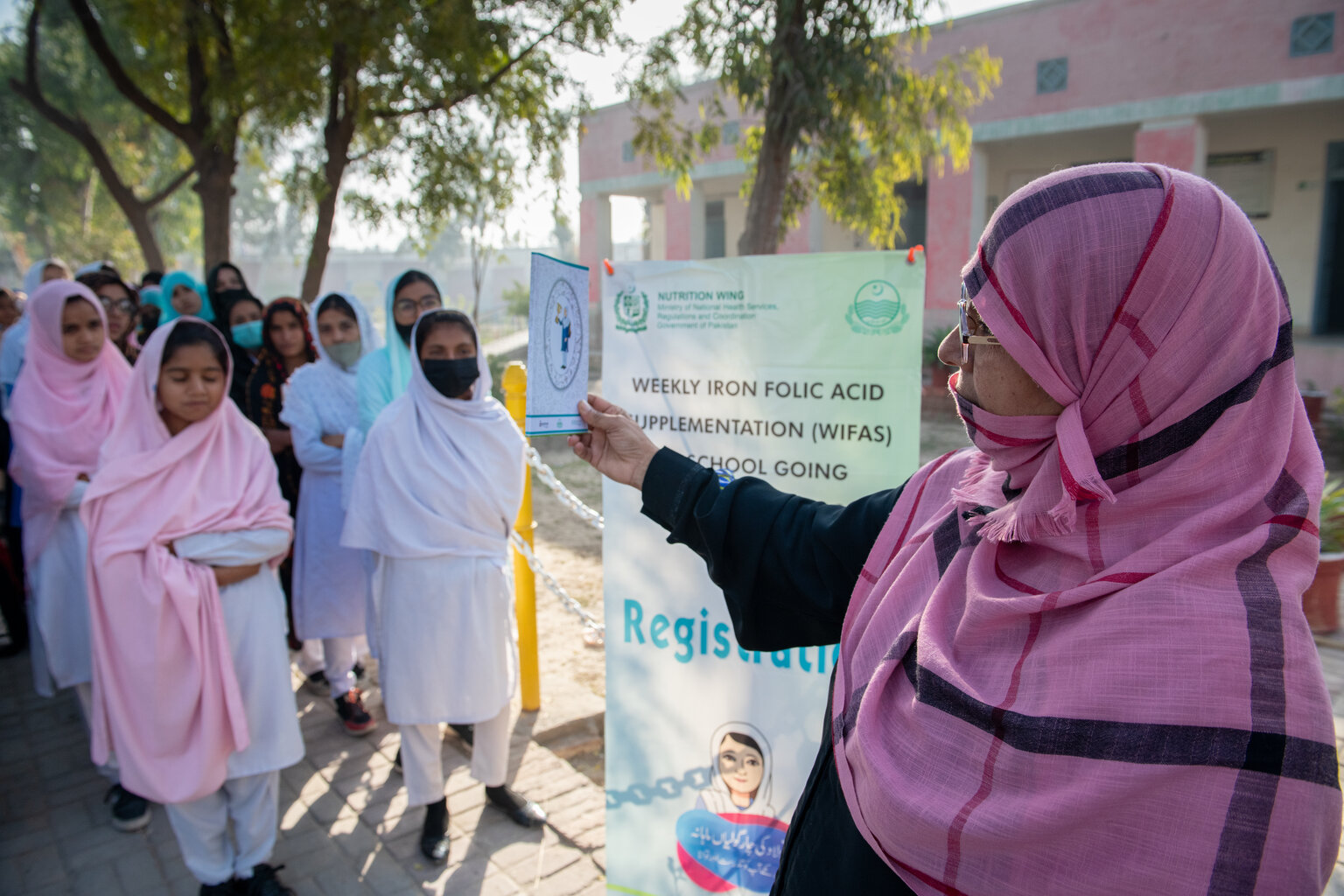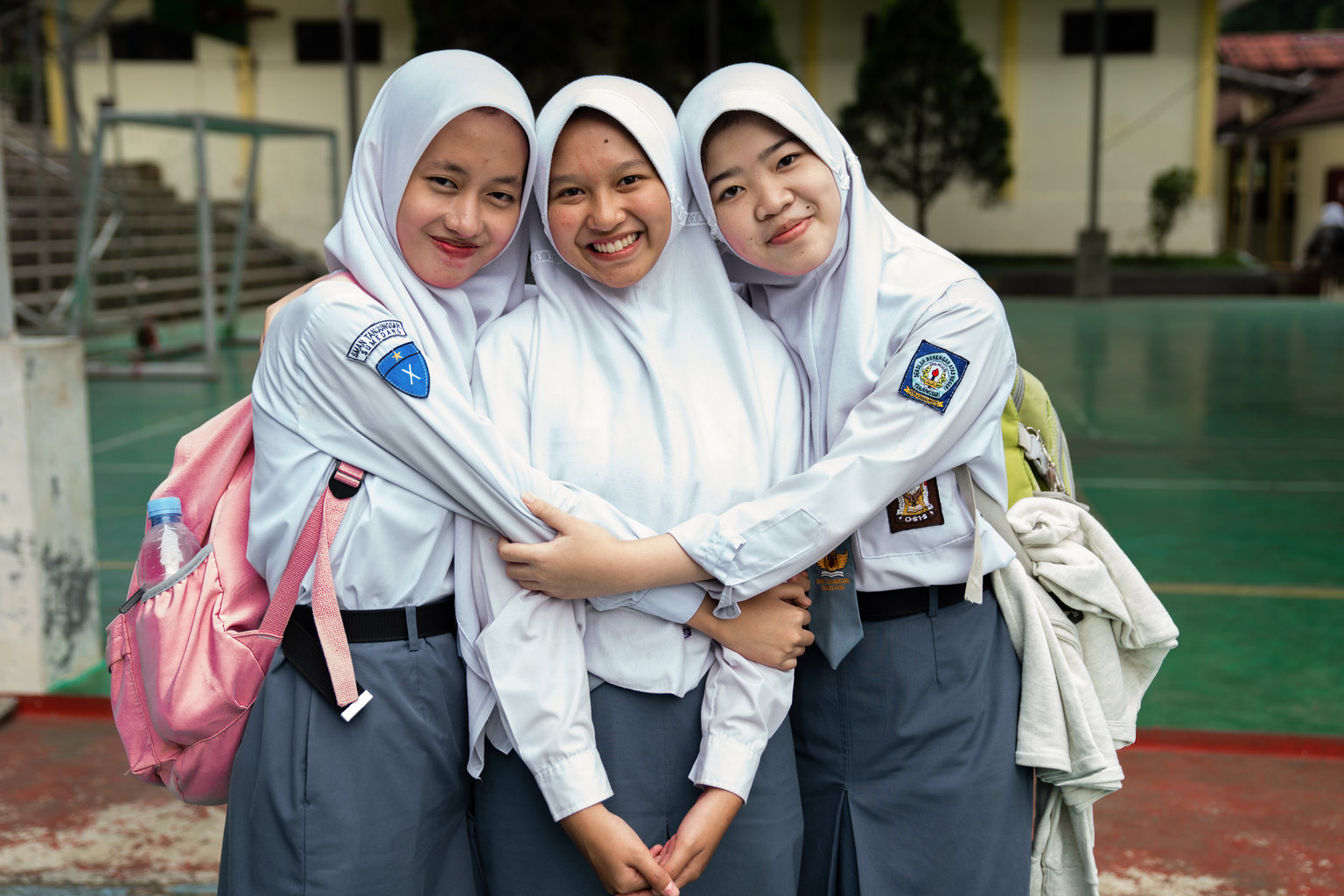Field Stories
Centering women’s voices to drive meaningful change
March 5, 2025
WP_Term Object
(
[term_id] => 136
[name] => Blog Posts
[slug] => all-blog-posts
[term_group] => 0
[term_taxonomy_id] => 136
[taxonomy] => news-category
[description] => See what’s top of mind for our technical experts as they share the latest on cutting-edge nutrition research, policy updates, and implementation guidance.
[parent] => 2025
[count] => 137
[filter] => raw
)
Empowering futures: A milestone in adolescent nutrition
This summer marked a significant milestone, as the World Health Organization accepted Nutrition International’s submission to add a new formulation of weekly iron and folic acid supplementation to the Model List of Essential Medicines — a pivotal decision that will accelerate adolescent nutrition programs and efforts to reduce anaemia in adolescent girls and also prevent neural tube defect-affected pregnancies. In this blog post, Dr. Marion Roche, Senior Technical Advisor — Adolescents' and Women's Health & Nutrition at Nutrition International, explores the five-year journey leading up to this landmark achievement and sheds light on what it means for adolescent girls and women around the world.
Posted on October 4, 2023
When I found out that weekly iron and folic acid supplementation (WIFAS) had finally been included on the World Health Organization’s Model List of Essential Medicines (EML), my daughter gave me a hug and a high-five.
We were at home, having breakfast. I tried to explain to her what it meant — how it had taken a long time to make this happen and how it would help girls around the world. Then I took her to summer camp.
My daughter is only seven, but she already knows that girls around the world don’t have equal opportunities. She understands that one medicine was added to a big list in Geneva, and because of that, lots of adolescent girls will have a much better chance to become and stay healthy.
The EML, however, is more than just a list of medicines. Established in 1977, it is a reference and guide that governments can use to select medicines, including nutritional supplements, to address the essential healthcare needs of their populations. The principle behind the list is that certain medicines and nutritional supplements should be available at all times and for all people as part of a functioning health system. Identifying these well-known and cost-effective medicines will help improve supply, lead to lower costs and increase the efficiency of health systems.
In the case of WIFAS, this means providing an effective public health strategy to reduce anaemia in regions where the prevalence of anaemia is 20% or higher among adolescent girls and women aged 15 to 49 years. Adolescent nutrition programs that deliver WIFAS at schools also promote school attendance, which is particularly important, because regular schooling is the most effective intervention for reducing early marriages and delaying first pregnancy — and complications during pregnancy are the leading cause of death globally for girls aged 15 to 19 years.

Despite this, WIFAS has never been on the EML. The World Health Organization (WHO) has actually recommended a formulation for WIFAS since 2011 in a guideline for weekly supplementation for adolescent girls and women. Because it was not on the EML, however, it was unavailable for programs. Manufacturers were unwilling to produce a formulation that was not on the EML, and while we had an alternative interim product, it had a different level of folic acid than what was recommended by the WHO.
As a result, many countries were reluctant to support a program and deliver a commodity that differed from the WHO standards and was also not on the EML. Instead, they relied on maternal iron and folic acid supplementation as a temporary fix. This posed its own risks and supply challenges, created shortages for both maternal and adolescent programs, and caused some stigma and skepticism.
Adding the WHO-recommended formulation for WIFAS to the EML was the obvious fix. Two previous submissions by other organizations hoping to add WIFAS to the EML had been rejected, however, largely due to insufficient data on folic acid (an important component of WIFAS) in a once weekly dose and its potential to raise folate levels and thus reduce neural tube defect-affected pregnancies.
What followed was five-year journey to address this evidence gap.
Working in partnership with world-class researchers, we conducted a three-arm, parallel-group, randomized, double-blind, placebo-controlled folic acid efficacy trial on WIFAS. The trial results showed that the WHO-recommended amount of folic acid does indeed have the potential to prevent neural tube defects. Just as importantly, it showed that WIFAS can be delivered with high levels of adherence, meaning that adolescent girls can and will choose to use WIFAS consistently when they have access to the supplements. With these results in hand, we submitted an application to the 23rd EML in December 2022. On July 26th, 2023, the WHO Expert Medicines Committee accepted the submission and included WIFAS supplementation on the EML.
Moving forward, the inclusion of WIFAS on the EML means that anaemia in adolescents and women is recognized as a priority public health concern. While adolescents have traditionally been neglected within policy and programming, the inclusion of WIFAS in the EML means that supplementation should be consistently accessible, in sufficient quantities, in any functional healthcare system.
But this won’t happen overnight. Countries will need to navigate the procurement and budgeting process for the new formulation. Teachers and health workers will need training, and operational guidelines and behaviour change programming will need to be created. In the case of countries that don’t currently have adolescent nutrition program with WIFAS, they will start with local policies and guidelines aligned with WHO. Others will need to plan and implement a transition.

This is the next challenge — and the next stage of Nutrition International’s support for its partners and their WIFAS programs. We are committed to working with them to use the available evidence to update their own national essential medicines lists and to providing guidance as they manage challenges such as procurement, budgeting, training and program delivery.
Work has already begun in Pakistan, where WIFAS has been procured and is being provided as part of a social safety net program alongside cash transfers for those with the greatest financial need. It is also being provided through school-based programs. Ethiopia, which has a high prevalence of folate deficiency and neural tube defects, has also begun the process that will eventually see it acquire and distribute WIFAS in its adolescent nutrition programs.
We also hope that the inclusion of WIFAS on the EML will have other benefits. Unlike some commodities, iron and folic acid production is relatively stable. This means that there is potential for increasing the number of pharma manufacturers and suppliers, expanding packaging options, reducing procurement costs or even beginning domestic production in countries delivering programs.
My daughter isn’t an adolescent yet, but I know that there are many challenges that we won’t have to navigate — barriers that adolescent girls and women in many countries encounter every day. But that is why adding WIFAS to the EML is so important. By doing so, our team at NI has helped add a powerful health intervention for millions of adolescent girls at risk of anaemia around the world that will contribute to their health and set them on the path to equal opportunities and bright futures.
